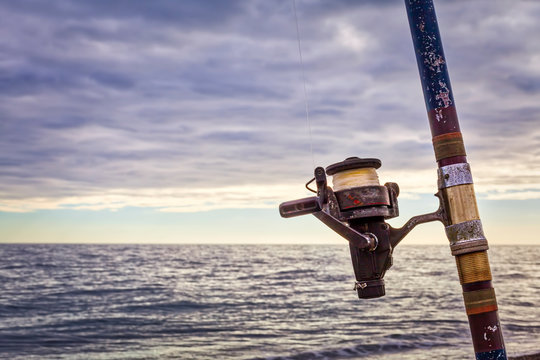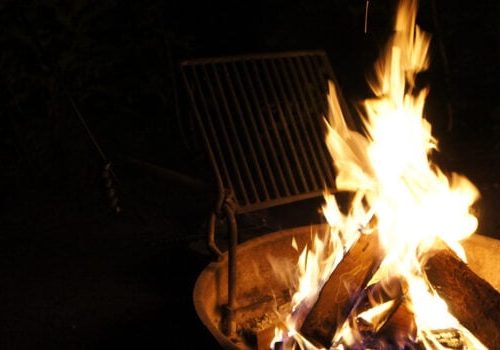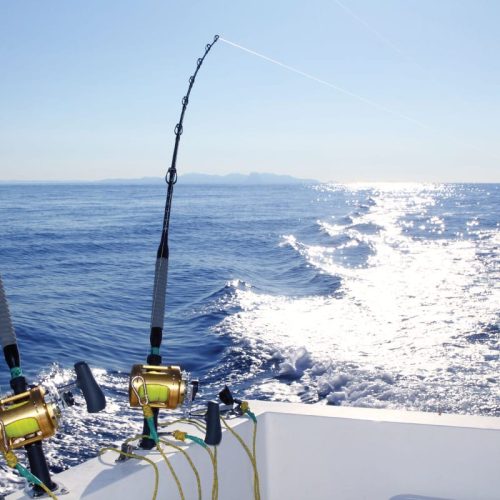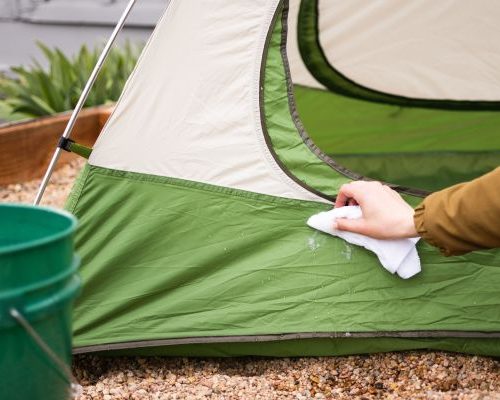Fishing methods are as diverse as the species they aim to catch and the environments they’re practiced in. Whether you’re a novice angler or a seasoned pro, there’s a fishing technique that suits your preferences and goals. Each method brings its own set of techniques, gear requirements, and tips for success.
Whether you’re bait casting for precision, fly fishing for elegance, spinning for versatility, ice fishing for a winter thrill, or trolling for open-water adventure, the world of fishing offers endless opportunities for exploration and connection with nature. With practice, patience, and a deep understanding of your chosen method, you’ll embark on successful fishing adventures and create lasting memories on the water.
Fishing is a diverse and age-old practice, with various methods developed over time to catch fish in different environments and under various conditions. Each fishing method has its unique characteristics, techniques, and gear requirements. In this comprehensive guide, we will delve into the top five fishing methods, exploring their intricacies, and providing valuable tips for success.
1. Bait Casting
Bait casting is a popular fishing method that offers precision and control, making it a favorite among experienced anglers. This technique involves casting a baited hook, lure, or baitcasting reel with accuracy to a specific location to attract fish. This is one of the popular and easy fishing methods for beginners. Here’s an in-depth look at bait casting:
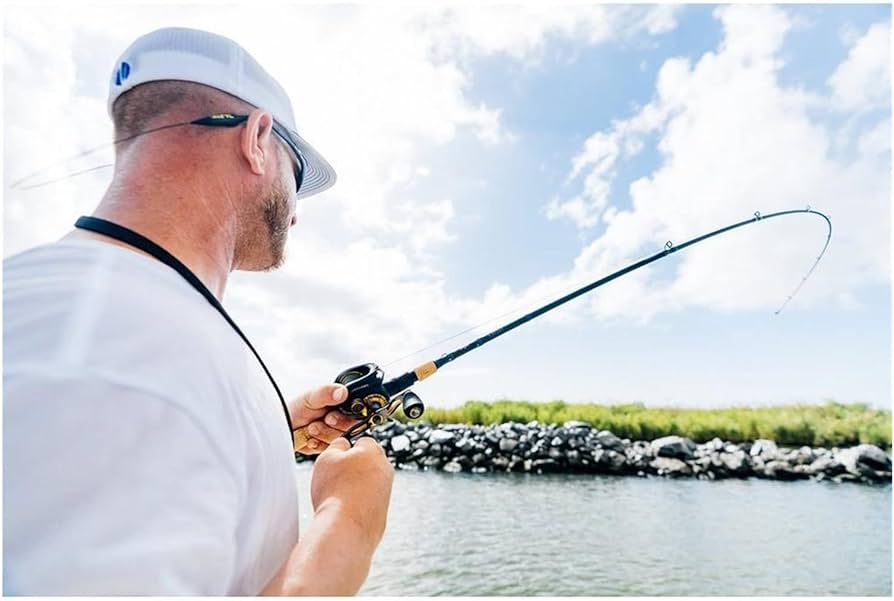
Technique:
Casting Accuracy: Bait casting requires skill and practice to accurately cast your bait or lure to a desired spot. The goal is to minimize splashes and disturbances that could scare away fish.
Thumb Control: Baitcasting reels have a spool that rotates when casting. Anglers use their thumb to control the spool’s speed, preventing backlash (tangled line) and ensuring smooth casts.
Lure Presentation: Bait casting allows for precise lure presentation. Anglers can control the depth and retrieve speed to mimic natural prey and entice fish.
Gear:
Baitcasting Reel: Choose a quality baitcasting reel that suits your target species and fishing environment. Consider features like gear ratio and braking systems.
Baitcasting Rod: Match your reel with a suitable baitcasting rod. Rod length, power, and action should align with your fishing goals.
Line: Use monofilament or braided fishing line, selected based on your target species and the conditions you’ll be fishing in.
Lures and Baits: Bait casting allows for a wide range of lure options, including crankbaits, jigs, spinnerbaits, and soft plastics.
Tips for Success:
- Practice casting in open areas to develop accuracy and control.
- Learn to adjust the reel’s braking system to prevent backlash.
- Master the art of “pitching” and “flipping” for precise lure placement in tight spots.
2. Fly Fishing
One of the most popular fishing methods among fishing lovers is known as fly fishing. Fly fishing is a graceful and artistic fishing method that involves casting lightweight artificial flies to mimic insects or other prey on the water’s surface. It is a versatile technique suitable for both freshwater and saltwater fishing. Here’s what you need to know about fly fishing:
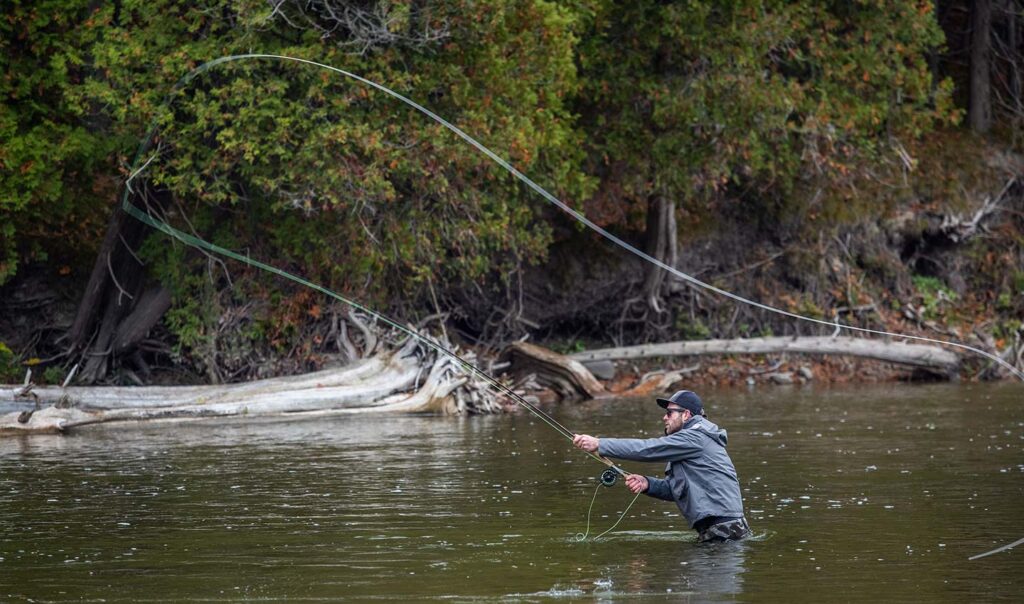
Technique:
Casting: Fly casting is a unique skill that requires a rhythmic, graceful motion. The angler uses the fly rod to cast the fly line, which carries the lightweight fly to the target.
Matching the Hatch: Successful fly fishing often involves “matching the hatch” by selecting fly patterns that imitate the insects or prey fish are feeding on at a specific time.
Presentation: Presentation is critical in fly fishing. Anglers strive to land their fly delicately on the water’s surface, creating a natural-looking drift.
Gear:
- Fly Rod: Fly rods vary in length and weight, with different models designed for specific fishing conditions and species.
- Fly Reel: The fly reel serves primarily as line storage but should also have a smooth drag system to control the fish.
- Fly Line: Fly lines come in various weights and tapers, and the choice depends on the rod and target species.
Flies: Flies are the artificial lures used in fly fishing. They come in a vast array of patterns, colors, and sizes.
Tips for Success:
- Take casting lessons to develop your casting technique.
- Study local insect hatches and choose fly patterns accordingly.
- Practice “mending” the line to achieve a natural drift in moving water.
3. Spinning
Spinning is one of the most popular and beginner-friendly fishing methods. It involves using a spinning rod and reel to cast a variety of lures or baits to attract fish. Spinning is suitable for anglers of all skill levels and can be used in various fishing environments.
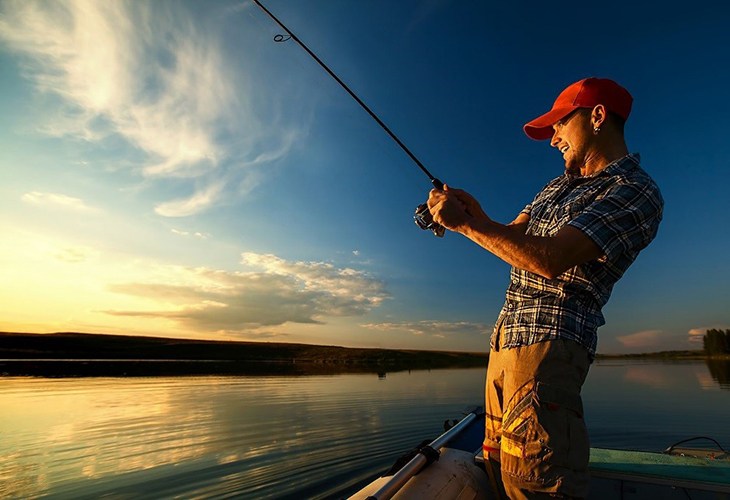
Technique:
Casting: Spinning reels are easy to cast, making them suitable for beginners. To cast, simply open the bail, hold the line with your finger, and release it while making a forward motion.
Retrieve: After casting, anglers retrieve the line, causing the lure to move through the water. The retrieve speed and action depend on the type of lure and the target species.
Hook Set: When a fish strikes, a quick hook set is essential. A sharp upward motion of the rod ensures the hook penetrates the fish’s mouth.
Gear:
Spinning Rod: Spinning rods come in various lengths and actions to match your fishing style and target species.
Spinning Reel: Spinning reels are user-friendly and come in different sizes to accommodate various line weights.
Line: Spinning reels are typically spooled with monofilament or braided line.
Lures and Baits: Spinning allows for a wide range of lure and bait options, including soft plastics, crankbaits, and live or artificial baits.
Tips for Success:
- Adjust the reel’s drag to match the fish’s fighting strength.
- Experiment with different lure colors and sizes to see what the fish are biting on.
- Pay attention to line management to avoid tangles and line twists.
4. Ice Fishing
Ice fishing is a unique and exciting fishing method that takes place during the winter months when lakes and ponds are frozen over. Anglers drill holes through the ice to access fish beneath. Ice fishing is popular in regions with cold winters and frozen bodies of water.

Technique:
Ice Auger: To access the water below the ice, anglers use an ice auger to drill holes. Various sizes of augers are available.
Tip-ups and Rods: Ice anglers use specialized equipment, including tip-ups (flags that pop up when a fish bites) and short ice fishing rods, to detect and catch fish.
Baits: Common ice fishing baits include live minnows, waxworms, and artificial jigs.
Gear:
Ice Shelter: To protect themselves from the elements, many ice anglers use portable ice shelters or shanties.
Warm Clothing: Dressing in layers is crucial to stay warm during long hours on the ice.
Ice Fishing Sled: A sled can be used to transport gear and supplies across the ice.
Tips for Success:
- Use an insulated ice shelter to stay warm and comfortable.
- Keep an eye on your tip-ups or rods at all times to detect when a fish is biting.
- Pay attention to local ice thickness and safety recommendations.
5. Trolling
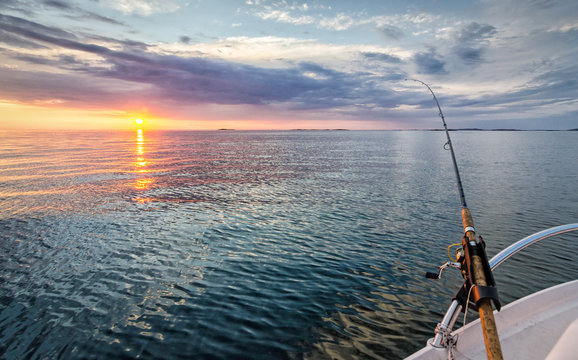
Trolling is a fishing method commonly used in open water, particularly in larger bodies of water such as lakes, rivers, and oceans. It involves slowly moving a boat while trailing lures or baited lines behind to entice fish. Trolling is effective for a wide range of species, including salmon, trout, and game fish.
Technique:
Boat Movement: Trolling requires a boat to move at a slow and consistent speed, typically powered by a trolling motor or an outboard engine set to low speed.
Lure Depth: Adjust the depth at which your lures or baits are trailing behind the boat to target fish at different water depths.
Multiple Lines: Trolling often involves using multiple lines, each with a different lure or bait, to increase the chances of attracting fish.
Gear:
Trolling Rods and Reels: Specialized trolling rods and reels are designed to handle the demands of trolling, including long hours of use and heavy loads.
Downriggers: Downriggers are devices used to control the depth of the fishing line, allowing anglers to target fish at specific depths.
Planer Boards: Planer boards are used to spread out lines to cover a wider area and avoid tangles.
Lures: Trolling lures come in various shapes, sizes, and colors, and their selection depends on the species you’re targeting.
Tips for Success:
- Experiment with different lure colors and sizes to see what the fish are responding to.
- Monitor the boat’s speed and depth to maintain consistent trolling conditions.
- Be patient, as trolling may require covering a lot of water before locating fish.
TOP 10 Best Fishing Spot in USA
The United States offers a wide range of fantastic fishing destinations, each with its unique charm and abundant fisheries. While it’s challenging to narrow it down to just ten, here are some of the top fishing locations across the country:
1.Florida Keys, Florida:
The Florida Keys are renowned for their world-class saltwater fishing. You can catch a variety of species, including tarpon, bonefish, permit, snook, and various types of reef and offshore fish.
2.Alaska:
Alaska is a dream destination for freshwater and saltwater anglers. Whether it’s salmon fishing in Bristol Bay, halibut fishing in Homer, or fly fishing in the Kenai River, Alaska offers unmatched fishing experiences.
3.Outer Banks, North Carolina:
The Outer Banks are famous for their excellent surf and offshore fishing. You can target trophy-sized red drum, blue marlin, tuna, and more.
Bass Fishing in Lake Okeechobee, Florida:
Lake Okeechobee is a renowned bass fishing destination. The lake’s shallow waters provide excellent opportunities to catch largemouth bass, often in impressive sizes.
Yellowstone National Park, Wyoming/Montana:
This iconic national park offers pristine waters and diverse fishing opportunities. You can cast for native Yellowstone cutthroat trout in its crystal-clear streams.
Montauk, New York:
Montauk is a legendary saltwater fishing destination on Long Island. It’s famous for its striped bass, bluefish, and a variety of other species.
Michigan’s Upper Peninsula:
The UP is a hidden gem for freshwater fishing. The region is home to countless lakes, rivers, and streams teeming with trout, salmon, walleye, and more.
Bighorn River, Montana:
Known for its consistent water flows and healthy trout population, the Bighorn River is a fly angler’s paradise. Rainbow and brown trout are abundant here.
Louisiana’s Gulf Coast:
The Gulf Coast of Louisiana offers exceptional inshore and offshore fishing. Redfish, speckled trout, tarpon, and numerous other species attract anglers year-round.
San Diego, California:
San Diego offers a diverse range of fishing opportunities, from deep-sea fishing for tuna and marlin to inshore fishing for calico bass and yellowtail.
Remember that the best fishing spots can vary depending on the time of year, the species you want to target, and your preferred fishing method. Before planning your trip, be sure to check local regulations, obtain necessary permits, and consider hiring a local guide for the best experience. Additionally, practicing catch-and-release and responsible fishing practices helps preserve these fantastic fishing destinations for future generations.
FINAL WORDS
Fishing is a diverse and rewarding outdoor activity that offers something for anglers of all skill levels and interests. Which fishing methods is perfect for you only you can decide it. Whether you prefer the precision of bait casting, the artistry of fly fishing, the simplicity of spinning, the excitement of ice fishing, or the versatility of trolling, each fishing method provides a unique experience and opportunities to connect with nature. To excel in any of these methods, practice, patience, and a deep understanding of your target species and fishing environment are key. So, pick your favorite method, grab your gear, and embark on your next fishing adventure. We have other blogs for our readers who are interested in fishing activities. You can start reading and get knowledge of all the tips and tricks of fishing world!
